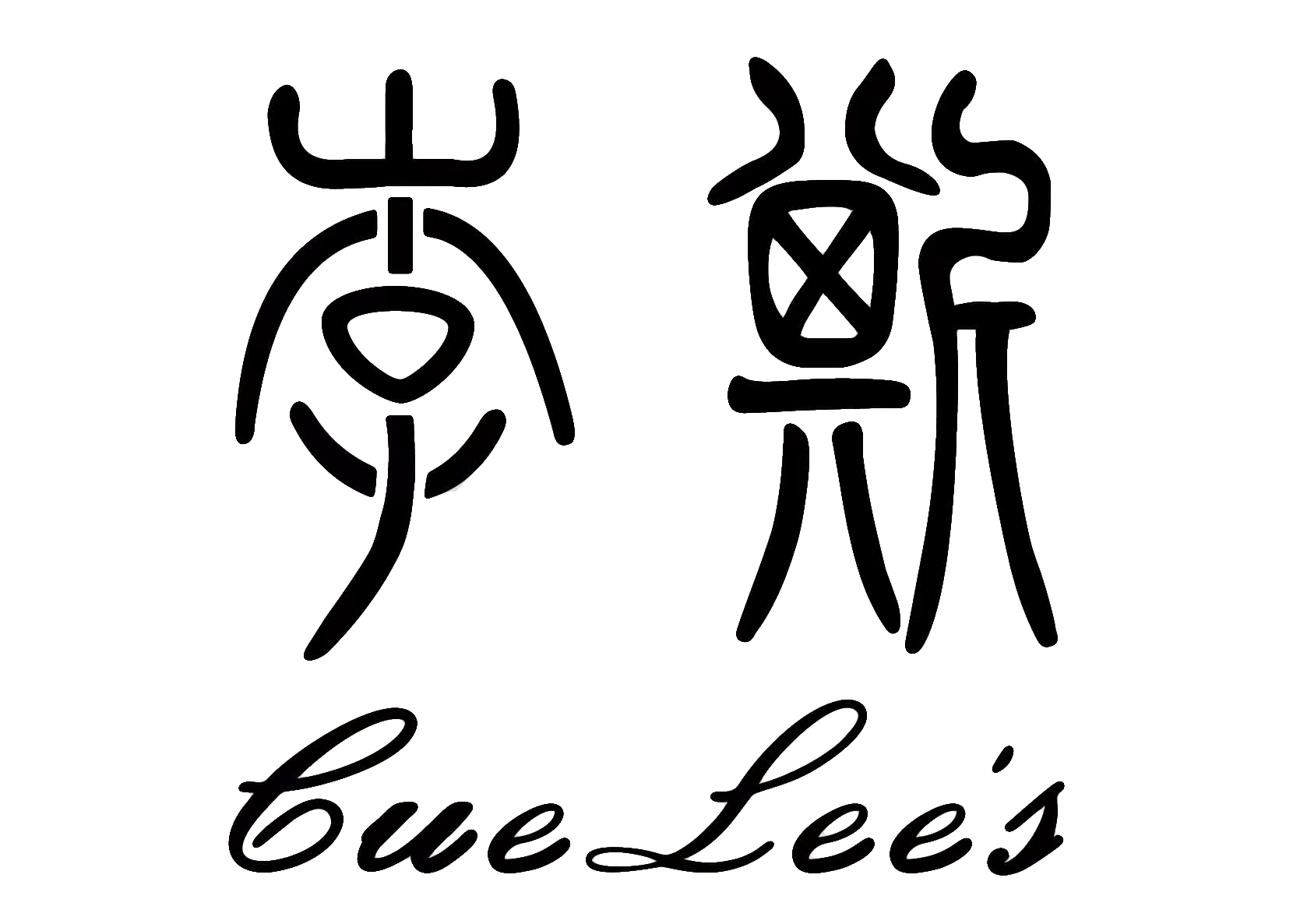Choosing the right cue weight depends on your playing style, physical strength, and personal comfort. Most players find their ideal weight between 18-20 ounces, with lighter cues offering better control for finesse shots and heavier cues providing more power for breaking and long shots. The best approach is testing different weights during practice sessions to determine what feels most natural and consistent for your stroke.
Understanding cue weight fundamentals
Cue weight plays a crucial role in your billiards and snooker performance, directly affecting how you control the ball and execute shots. The weight of your cue influences everything from your stroke mechanics to shot accuracy, making it one of the most important equipment decisions you’ll make as a player.
When you hold a cue, the weight distribution affects your natural stroke rhythm and timing. A properly weighted cue should feel like an extension of your arm, allowing for smooth, controlled movements without strain or awkwardness. This balance becomes particularly important during longer playing sessions where comfort and consistency matter most.
Understanding cue weight fundamentals helps players of all skill levels make informed decisions. Beginners often benefit from moderate weights that provide stability without overwhelming their developing technique, whilst experienced players may prefer specific weights that complement their established playing style. Explore our comprehensive range of billiard cues to find options that suit your weight preferences and playing needs.
What is the standard weight range for billiard cues?
Standard billiard cues typically range from 17 to 21 ounces, with most recreational and professional players gravitating towards weights between 18-20 ounces. This range provides the optimal balance between control and power for most playing situations and body types.
The most common weights you’ll encounter are 18, 18.5, 19, 19.5, and 20 ounces. Many manufacturers produce cues in half-ounce increments within this range, allowing players to find their precise preference. Professional tournament cues often fall within the 18.5-19.5 ounce range, as this weight provides excellent control without sacrificing power.
Cue weight is measured as the total weight of the assembled cue, including the tip, ferrule, shaft, and butt. The weight distribution between the shaft and butt affects the cue’s balance point, which typically sits about 18-20 inches from the butt end. This balance point influences how the cue feels during your stroke and affects your ability to maintain consistent aim and follow-through.
How does cue weight affect your playing style?
Cue weight significantly impacts your shot execution, with lighter cues favouring precision and control whilst heavier cues excel in power generation and momentum transfer. Understanding these differences helps you select a weight that complements your natural playing tendencies.
Lighter cues (17-18.5 ounces) allow for quicker, more precise movements and better feel for delicate shots. They’re excellent for position play, safety shots, and situations requiring subtle touch. Players who rely on finesse, accurate cue ball control, and strategic play often prefer lighter weights because they can make minute adjustments more easily.
Heavier cues (19.5-21 ounces) generate more momentum and power, making them ideal for breaking, long shots, and situations where you need to drive through the cue ball. The additional weight helps maintain stroke consistency and can reduce the impact of minor technique flaws. Power players and those who prefer aggressive shot-making often gravitate towards heavier options.
Medium weights (18.5-19.5 ounces) offer versatility, providing a balance between control and power that suits most playing situations. This range allows players to adapt their technique for different shot requirements without feeling constrained by their equipment choice.
What factors should you consider when selecting cue weight?
Several key factors influence your optimal cue weight choice, including your physical attributes, playing experience, preferred game type, and personal comfort preferences. Considering these elements together helps ensure you select a weight that enhances rather than hinders your performance.
Your physical strength and build play important roles in weight selection. Stronger players can handle heavier cues more easily and may benefit from the added power and stability they provide. Smaller or less physically strong players might find lighter cues more manageable and less tiring during extended play sessions.
Experience level also matters significantly. Beginners often benefit from moderate weights (18.5-19 ounces) that provide stability without being overwhelming. As technique develops, players can experiment with different weights to find what best suits their evolving style. Advanced players typically have strong preferences based on years of experience and refined technique.
The type of game you play most frequently influences optimal weight selection. Pool players often prefer slightly heavier cues for breaking power, whilst snooker players may favour lighter weights for the precision required on larger tables. Consider your primary game when making your selection.
How do you test and determine your ideal cue weight?
Testing different cue weights requires systematic practice sessions where you compare performance across various shot types and playing situations. The best approach involves borrowing or trying cues of different weights before making a purchase decision.
Start by testing cues in half-ounce increments around your estimated preference. Pay attention to how each weight feels during your stroke, noting any changes in timing, accuracy, or comfort. Practice basic shots like straight shots, cut shots, and position play with each weight to get a comprehensive feel.
During testing, observe several key indicators: stroke smoothness, aim consistency, follow-through comfort, and overall fatigue levels. The right weight should feel natural and allow you to maintain consistent mechanics without forcing your stroke or creating tension in your grip.
Allow adequate time for adjustment when testing new weights. Your muscle memory needs time to adapt, so don’t dismiss a weight after just a few shots. Spend at least 30-45 minutes with each weight option, playing various types of shots and game situations to get an accurate assessment of how it affects your performance.
Choosing the perfect cue weight
Selecting the ideal cue weight is a personal journey that requires patience, testing, and honest self-assessment of your playing style and preferences. The perfect weight enhances your natural abilities whilst feeling comfortable and sustainable during extended play sessions.
Remember that there’s no universally “correct” weight – what works for professional players or your playing partners may not suit your individual needs. Focus on finding a weight that allows you to play consistently and comfortably, rather than trying to match someone else’s preferences or assumptions about what weight you “should” use.
Take time to properly test different options and don’t rush your decision. A quality cue is an investment that should serve you well for many years, making the selection process worthwhile. Consider visiting a billiards shop where you can handle various cues and get expert advice based on your specific needs and playing style. Browse our extensive collection of professional billiard cues to find the perfect weight and style for your game.










